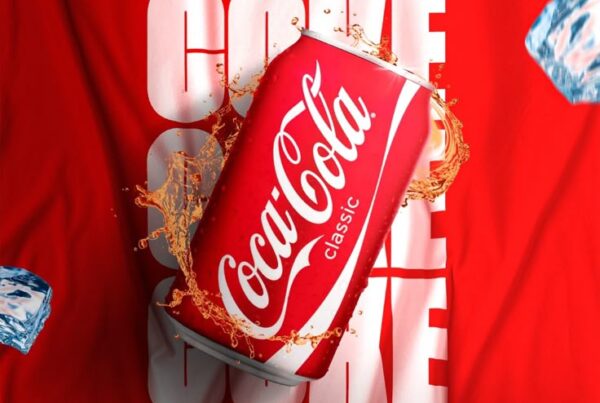Introduction to the Impact of Packaging on Brand Identity
Packaging is more than just a container for products; it’s a critical component of brand identity. This article delves into how packaging impacts consumer perception and brand value.
The Psychology Behind Packaging and Brand Perception
Understanding the psychological effects of packaging design on consumers is essential for brand success. Color, shape, and material choice can significantly influence buying decisions.
The Evolution of Packaging in Branding
From simple containers to sophisticated branding tools, packaging has evolved to become an integral part of the marketing mix. This evolution reflects changing consumer expectations and technological advancements.
Unboxing Experience: The First Physical Touchpoint
The unboxing experience is often the first physical interaction a consumer has with a brand. It’s an opportunity to make a lasting impression and reinforce brand values.
Material Matters: How Packaging Materials Reflect Brand Values
The choice of packaging materials can convey a lot about a brand’s values, such as luxury, sustainability, or practicality. This section explores how different materials can align with brand identity.
Color Psychology in Packaging Design
Colors in packaging design play a pivotal role in conveying emotions and brand personality. This part discusses how color choices can attract target audiences and communicate brand messages.
Typography and Imagery: Telling a Brand’s Story
Effective use of typography and imagery in packaging can narrate a brand’s story and create a connection with consumers. It’s about balancing aesthetics with brand messaging.
The Role of Sustainability in Modern Packaging
Sustainability in packaging is no longer optional but a necessity for brands looking to resonate with environmentally conscious consumers. This segment examines sustainable packaging practices and their impact on brand identity.
Packaging and the Digital World: QR Codes and Interactive Elements
Interactive elements like QR codes in packaging bridge the gap between physical and digital branding, offering a more dynamic consumer experience.
Case Studies: Brands That Got Packaging Right
Exploring case studies of brands that have successfully used packaging to enhance their brand identity provides valuable insights and inspiration.
Packaging Consistency Across Product Lines
Consistency in packaging across different product lines is crucial for maintaining brand recognition and loyalty. This section discusses strategies to achieve coherence in packaging design.
Custom Packaging: A Tool for Brand Differentiation
Custom packaging offers an effective way for brands to stand out in a crowded market. Personalized packaging can be a game-changer in establishing a unique brand identity.
Measuring the Impact of Packaging on Brand Identity
Assessing the effectiveness of packaging in brand identity requires a look at consumer feedback, sales data, and brand perception studies. This part explores methods to measure packaging’s impact on brand identity.
Future Trends in Packaging for Brand Identity
Staying ahead in branding means keeping up with the latest trends in packaging. This segment predicts future trends and how they might shape brand identity.
Conclusion
Packaging is a powerful tool in building and maintaining a brand’s identity. It’s an essential aspect of the marketing strategy that can significantly impact consumer perception and brand loyalty.
Frequently asked questions
How does packaging affect a consumer's first impression of a brand?
Packaging often creates the first physical touchpoint between a consumer and a product. It significantly influences the first impression by conveying the brand’s values, quality, and personality. Well-designed packaging can evoke curiosity, trust, and a desire to purchase, while poorly designed packaging may deter potential buyers.
Can packaging design influence repeat purchases?
Absolutely. Packaging design plays a crucial role in influencing repeat purchases. It’s not just about attracting new customers; good packaging can enhance the user experience, encourage brand recall, and build customer loyalty. Memorable and functional packaging can lead to a positive brand association, prompting customers to return for future purchases.
What are the key elements of successful packaging design?
- Attractive Visuals: Engaging colors, typography, and imagery that resonate with the target audience.
- Brand Consistency: Aligning the packaging design with the overall brand identity, including logos, colors, and messaging.
- Functionality: Ensuring the packaging protects the product and is easy to use.
- Sustainability: Using eco-friendly materials and designs that appeal to environmentally conscious consumers.
- Innovation: Incorporating unique features or interactive elements that stand out in the market.
How important is sustainability in packaging for brand identity?
Sustainability in packaging is increasingly important for brand identity. Consumers are more environmentally conscious and often prefer brands that demonstrate a commitment to eco-friendly practices. Sustainable packaging can enhance a brand’s image, showcasing responsibility towards the environment, and can be a significant differentiating factor in a crowded market.



